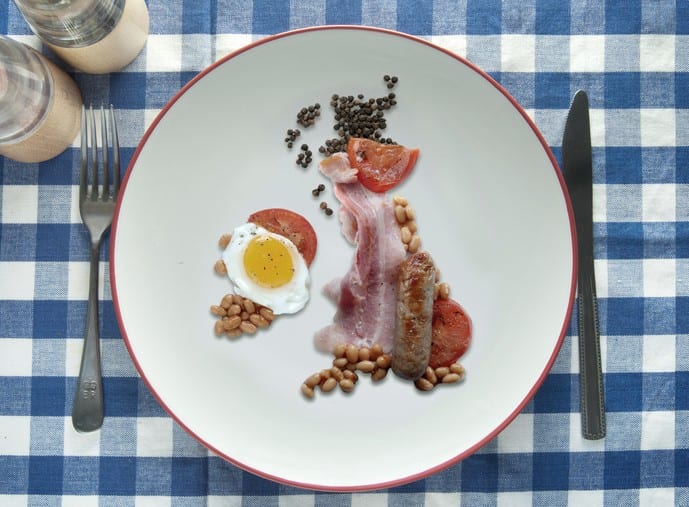
RED wine, cheese, cured meat…they’re just the fun ones.
Spain exports a wealth of fantastic produce to the world, and especially to the UK – €4 bn-worth if we’re counting.
When the British Isles shiver – which is often – the population relies on a harvest-load of fruit and veg from Spain.
But Brexit looks set to seriously threaten UK imports, affecting everyone from hipster London ‘foodie’ enclaves to budget supermarket vegetable aisles.

Waiting times at borders, import tariffs and working restrictions could all see the inflow of Spanish food and drink into Britain dwindle to a trickle.
The decline already seemed to be in motion in the months following the 2016 EU referendum.
In the first year after the vote, sales of Spanish goods to Britain fell by 6%.
According to the Bank of Spain the ‘agri-food’ sector, along with car manufacturing, represented almost half of the overall decline in sales.
Things look even worse when you delve into what a no-deal Brexit would mean for food crossing the border.

A National Audit Office report found that customs declarations would have to increase from 55m to 255m and at least 145,000 traders would have to declare for the first time.
Whilst customs trouble and border delays may not affect long-lasting Spanish gems like wine and jamon, perishable items like fresh berries are in real danger.
However Luis Planas, Spanish Minister of Agriculture, Fisheries and Food said a royal decree protected Spanish food, despite warnings that food safety and quality could decrease after Brexit.
The minister said he expected Brexit to be ‘as least traumatic as possible’ for the EU and the UK once it leaves the 27-nation bloc.

But the cost of products would ‘increase’, according to the Organisation of Entities of the Andalucian Social Food Economy.
Of Spain’s 17 autonomous communities, Andalucia – known as the ‘garden of Spain’ growing produce as diverse as mangos and jamon, – would be the region worst-hit, especially as the UK is its fourth-largest customer.
The next would be Murcia, which sends thousands of tonnes of salad to the UK every year would .
So without further ado, we round up the Brexit clouds hanging over the Spanish regions putting food and drink on British tables:
Huelva – strawberries and soft fruit

More than 85% of all of Spain’s strawberry exports are grown in the province, worth a total of €437m in 2018.
The UK is the second biggest market for Huelva’s soft fruit, having imported 16% of the area’s strawberries, 34% of it raspberries and 26% of its blueberries in 2018.
The main Brexit worry in the province is ‘border hold-ups’, according to Rafael Dominguez, manager of Freshuelva, the industry association for Huelva’s strawberry market.
Murcia – lettuce, celery, broccoli, lemons, melon, grapes
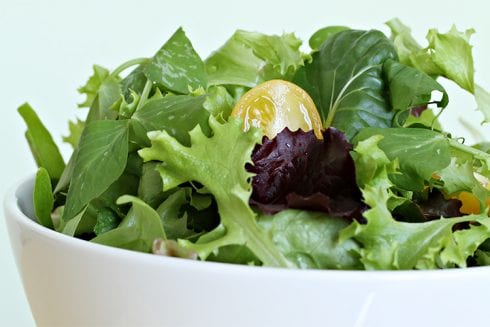
This small region is a food industry powerhouse, providing 32% of the UK’s fruit and veg imports, but it would be the Spanish region second most affected by Brexit after Andalucia, according to consultancy firm Oliver Wyman.
This percentage increases during winter, when 80% of the fresh produce sold in the UK comes from Murcia.
Over 517,000 tonnes of fresh produce, costing €580m, made their way from Murcia to the UK in 2018, with 400 lorries full of food making the journey every week.
La Rioja – wine
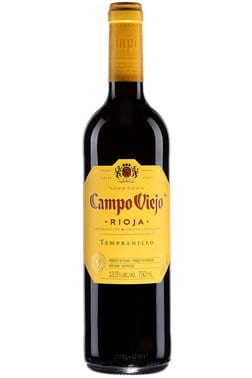
North of Madrid, this tiny region ships more vino to the UK than any other wine-producing area of Europe.
From January to October in 2018, its wineries sold 32 million litres of the good stuff to the British market.
This came before news that the Spanish Wine Federation had advised producers on how to deal with Brexit, telling firms to ensure wine is correctly labelled and make advanced travel plans.
It then emerged that one winery, Bodegas Riojanas had already completed 90% of its trade for the first half of 2019 ahead of Brexit.
Guijuelo, Salamanca – jamon iberico
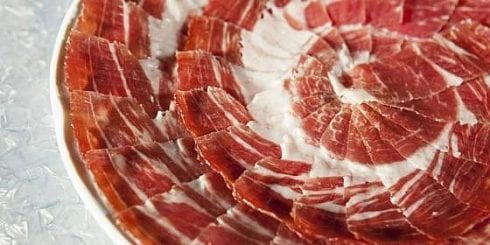
The UK Government has said 13% of Spain’s products could be subject to import tariffs under a no-deal Brexit, including jamon iberico at €10.2 per 100 kilos imported.
Guijuelo is among four denominations of origin recognised by the EU for jamon iberico production. The others are D.O.P. Jabugo (Huelva), D.O.P. Los Pedroches (Cordoba) and D.O.P. Dehesa de Extremadura (Caceres and Badajoz).
The D.O.P. Jamón de Guijuelo area is responsible for 60% of Spain’s jamon iberico.
Across the country, there are around 30 million pigs being reared at one time, with the pork industry worth about €6bn annually.
Castilla-La Mancha – manchego

The UK is the third biggest importer of Spanish Manchego after the US and Germany, buying around 1 million kilos a year, according to the Regulatory Council of Manchego cheese.
But the cheese is definitely under threat from Brexit after the British Retail Consortium revealed its price had risen sharply since the UK’s decision to leave the EU
UK managing director of Arla Foods, Ash Amirahmadi, warned that specialist cheeses like Manchego which have limited production could become ‘very scarce’ after Brexit.
Also, last April, the EU failed to grant Spanish Manchego farmers protected status following their hard-fought battle with Mexico. The country has retained the rights to make the cheese, despite not using sheep’s milk like the Spanish version.
Canary Islands – tomatoes

Half of all the tomatoes grown in the British holiday hotspot are exported to the UK, according to the local government, and 6,000 jobs in the area depend on this activity.
The island chain exports an average of 37,500 tonnes of fruit, vegetables, herbs and tubers annually.
Francisco Echandi, President of the Association of Growers and Shippers of Tenerife said that, post-Brexit, ‘without aid, tomato cultivation would become unprofitable and the activity would therefore be jeopardised.’
Galicia – fish
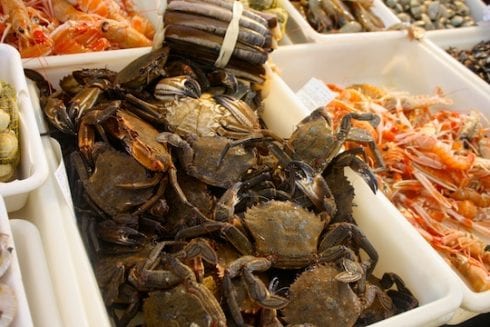
If the UK leaves the EU with a hard Brexit, the Galician fishermen employed by the UK could be forced to leave British waters immediately.
Around 66 Galician boats operate in the Gran Sol, west of the UK, and another 30 Galician-manned UK vessels in the EU could be prevented from docking at European ports come B-day.
Around 1,700 jobs in Galicia hang in the balance, while the economic blow could be €500m to an area that provides octopus, shrimp, crab, lobster and more to the UK.
Alicante – oranges and lemons
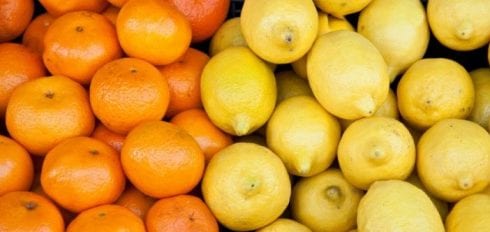
The total agricultural output of the province exceeds 1.4 million tonnes, while its speciality is citrus fruit, 60% of which comes from the Vega Baja area.
Fruit trees account for 31,391 hectares of the 131,389 total devoted to agriculture in the province.
Business manager of fruit and veg firm Caja Rural Central, Juan Vicente Gonzalez, confirmed that while his firm is expanding in Alicante, Brexit does pose ‘instability’ for the region.
Balearic Islands – almonds

Last season, between August and October, Spain produced around 60,000 tonnes of almonds, with the majority from Ibiza and Mallorca.
On Mallorca alone there are estimated to be 5 million almond trees, covering 55,000 hectares of land.
A study by the Institute of Agro-food Quality of the Balearic Islands found that 52.4% of almond consumers said that Mallorcan almonds were a superior quality to other types, most respondents citing rich taste as the reason.

